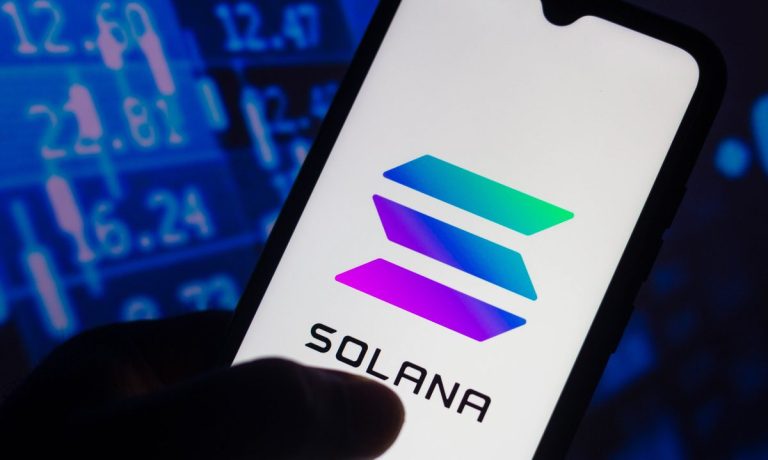
If you were an early backer of Solana, a leading “Ethereum killer” blockchain targeting decentralized finance (DeFi) and other decentralized-application (DApp) developers, you’re probably rich.
One of several blockchains that sought to build a better smart contract platform than overburdened, overpriced and under-scaled Ethereum, Solana’s SOL token started 2020 under $2.50. As of March 15, its $84, and ran as high as $260 during the 2021 bull markets, elbowing its way into the list of top 10 cryptocurrencies by market capitalization.
See also: PYMNTS Blockchain Series: What Is Solana?
Solana investors, like others trying to build a community of developers and projects before Ethereum managed the long-delayed switch from slow and energy-hungry Bitcoin-style proof-of-work, were looking for token prices to increase as the blockchain went live and then started attracting developers.
The seed and venture capital firms that participated in the half-dozen funding rounds through March 2021, as well as the baker’s dozen firms like Andreessen Horowitz and Polychain Capital that backed it to the tune of $314 million in the June 2021 initial coin offering (ICO) also made out as investors subsequently flocked, and SOL’s price skyrocketed.
This is pretty much what happens any time venture capitalists back a successful firm before it goes public.
And this is also why Solana and similar Ethereum-killers have gotten the kind of flak from Ethereum supporters and others in the crypto community that traditional companies from neobanks to ride-hailing apps like Uber get all the time: They use startup funding to support operations while building and scaling a customer base, giving them an unfair advantage over competitors like taxis.
Inflationary rewards
In the case of cryptocurrencies, the investors get tokens instead of shares — and note that as those tokens’ price is set by an investment market, the Securities and Exchange Commission argues they are also securities and must follow its regulations.
These tokens are sold very cheaply to early investors, who are betting they will increase in value as the blockchain attracts developers that build DApps that attract customers.
At this point, you need to understand how blockchains are governed and managed. There’s something unique to crypto and blockchain, however: inflationary rewards.
Blockchains are secured and transactions added by people who compete to validate transactions and write them onto the blockchain in two ways: block rewards of new tokens minted with each block and transaction fees.
Read more: PYMNTS Crypto Basics Series: What’s a Consensus Mechanism and Why Is It Destroying the Planet?
As the block rewards are distributed, increasing the total supply of tokens, supply goes up and presumably demand and price down — thus “inflationary” rewards.
Fight the Power?
Last May, Ryan Watkins, an analyst at crypto industry firm Messari, posted a chart of the percent of tokens owned by inside investors in 15 top blockchain projects, including Ethereum and Solana.
Solana was 48% insider investors and 13% the Solana Foundation, with most of the rest allocated to funding the ecosystem or attracting users. Much older Ethereum had 20% to early investors and the foundation, with virtually all the rest sold to the public.
“Token distribution is critical in determining the distribution of power in blockchains,” Watkins wrote. “Concentrated insider ownership may permanently impair projects’ ability to become credibly neutral public infrastructure. Oligarchy is the system we’re supposed to be disrupting.”
Watkins’ post drew responses for two of Solana’s founders.
“If there were a way to get a [blockchain] built from scratch with less VC funding, less allocation for insiders, and more allocation for the public, we would have done it,” Raj Gokal tweeted. “The market was very different back then, and we barely scraped by.”
His co-founder Anatoly Yakovenko was less amused.
“Foundation is distributing tokens to those who put in the work of maximizing censorship resistance over long period of time and demonstrate the operational skills of running an honest replica that can participate in recovery from catastrophic failures,” he said.